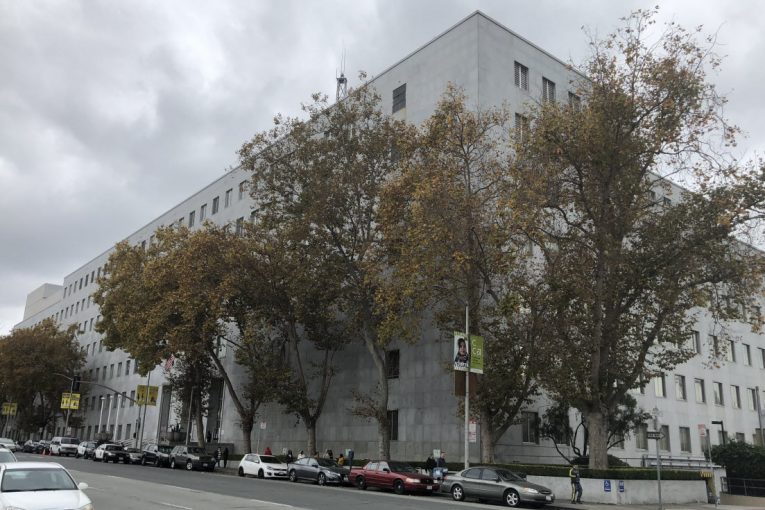

By Ransom Bergen
Deputy Public Defender Brown’s attempt to motion to suppress evidence failed this Friday. Had it succeeded, the majority of the district attorney’s case against the defendant may have crumbled–what started as a traffic violation has snowballed into a case alleging four felonies and several misdemeanors.
The car which the defendant is alleged to have been driving changed lanes without signaling. Upon being called to pull over by the police, the car then allegedly made attempts to evade, resulting in damage to multiple vehicles and a serious injury. Additionally, if the defendant was indeed driving the car at the time of the incident, then doing so was a violation of his parole, given that he did not have a valid license.
The motion to suppress evidence relied on several details regarding the police’s testimony. First, the description of the vehicle’s occupants which the officers used to identify the defendant indicated that they had been wearing dark clothes. When apprehended, both the defendant and his friend had actually been wearing light clothes. Additionally, neither officer on the scene actually saw the defendant driving. Rather, the arresting officer’s partner saw the defendant’s friend, the owner of the vehicle, riding in the passenger seat, and the arresting officer used that information as well as the suspect description as justification for arrest.
Deputy Public Defender Brown, however, argued that the police did not have cause to stop the vehicle in the first place. It had been driving the speed limit. Further, she cited a case in which the court ruled that changing lanes without signaling is only unlawful if it affects the movement of other vehicles. According to Ms. Brown, the district attorney did not bring forward sufficient evidence to suggest that there were other cars which the vehicle in question may have endangered by failing to signal, nor if those other cars were at all affected by the maneuver.
The defendant faces two felony charges for evading the police, but Brown further argued that he might not have known that the police were even pursuing him. The testimony provided did not indicate  that the police did more than simply flash the lights and chirrup the siren. Without prolonged lights and siren, the defendant might have misunderstood the police’s intentions. If the defendant did not realize he was being pursued, than he cannot be charged with those felonies, which require that he have acted willfully.
that the police did more than simply flash the lights and chirrup the siren. Without prolonged lights and siren, the defendant might have misunderstood the police’s intentions. If the defendant did not realize he was being pursued, than he cannot be charged with those felonies, which require that he have acted willfully.
Moreover, the police could not have searched the defendant to find that he did not have a valid license until they apprehended him. If the police did not have a valid reason for stopping the vehicle the defendant had been allegedly driving, that would also invalidate the charge of driving without a license. It could also add credence to Brown’s argument that the defendant had not been willfully or knowingly evading the police. It would be reasonable for the defendant to be confused if he believed he had not violated any traffic laws.
Also, the defendant faces a felony charge for leaving the scene of an accident and two misdemeanor hit-and-run charges for failing to leave his information with the vehicles with which he allegedly collided. Brown pointed out that he could not have stayed at the scene of the accident, nor left his information following the collisions, as he had just been arrested.
The judge did not grant the motion. She indicated that the site of the incident generally has heavy traffic, and therefore she felt it was reasonable to assume there had been traffic at the time the vehicle changed lanes without signaling.
The case will move on to trial with all charges.
Brown requested that the defendant be released with supervision in the meantime so he could attend the funerals of two of his relatives who had both died while he was in custody. Unfortunately, the judge determined that his release would not be granted. The defendant had already been on the highest level of community supervision for his previous offense at the time of his arrest.
